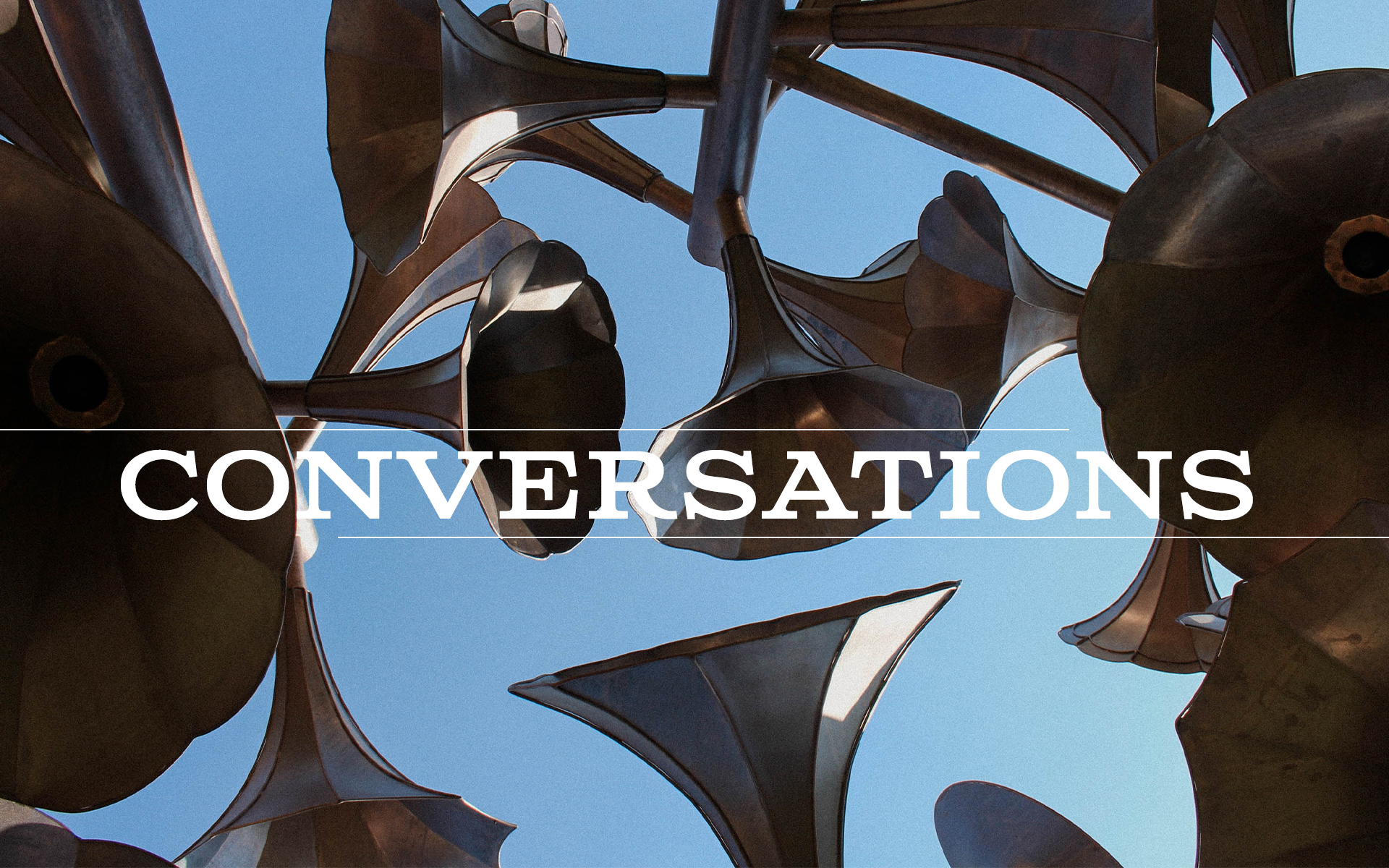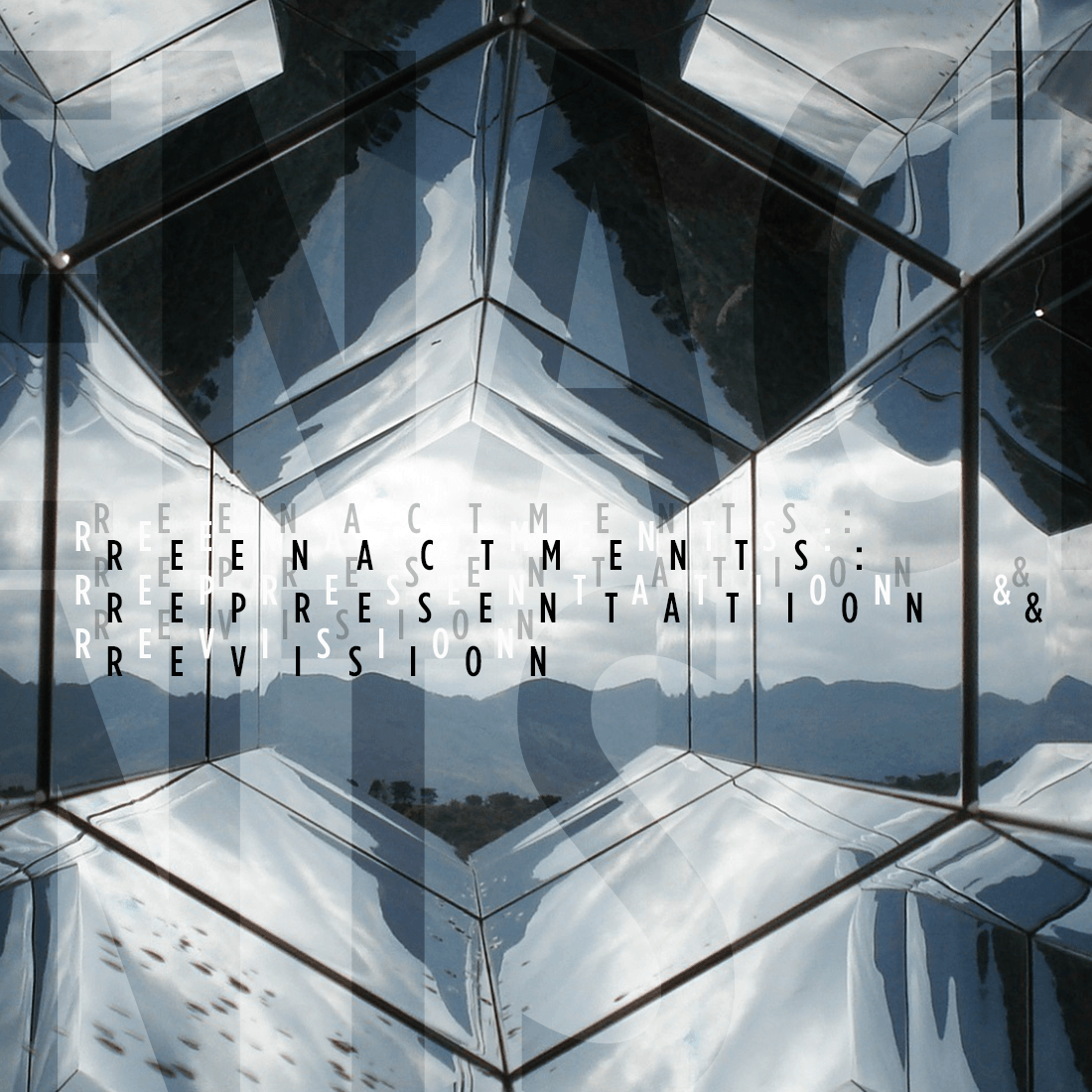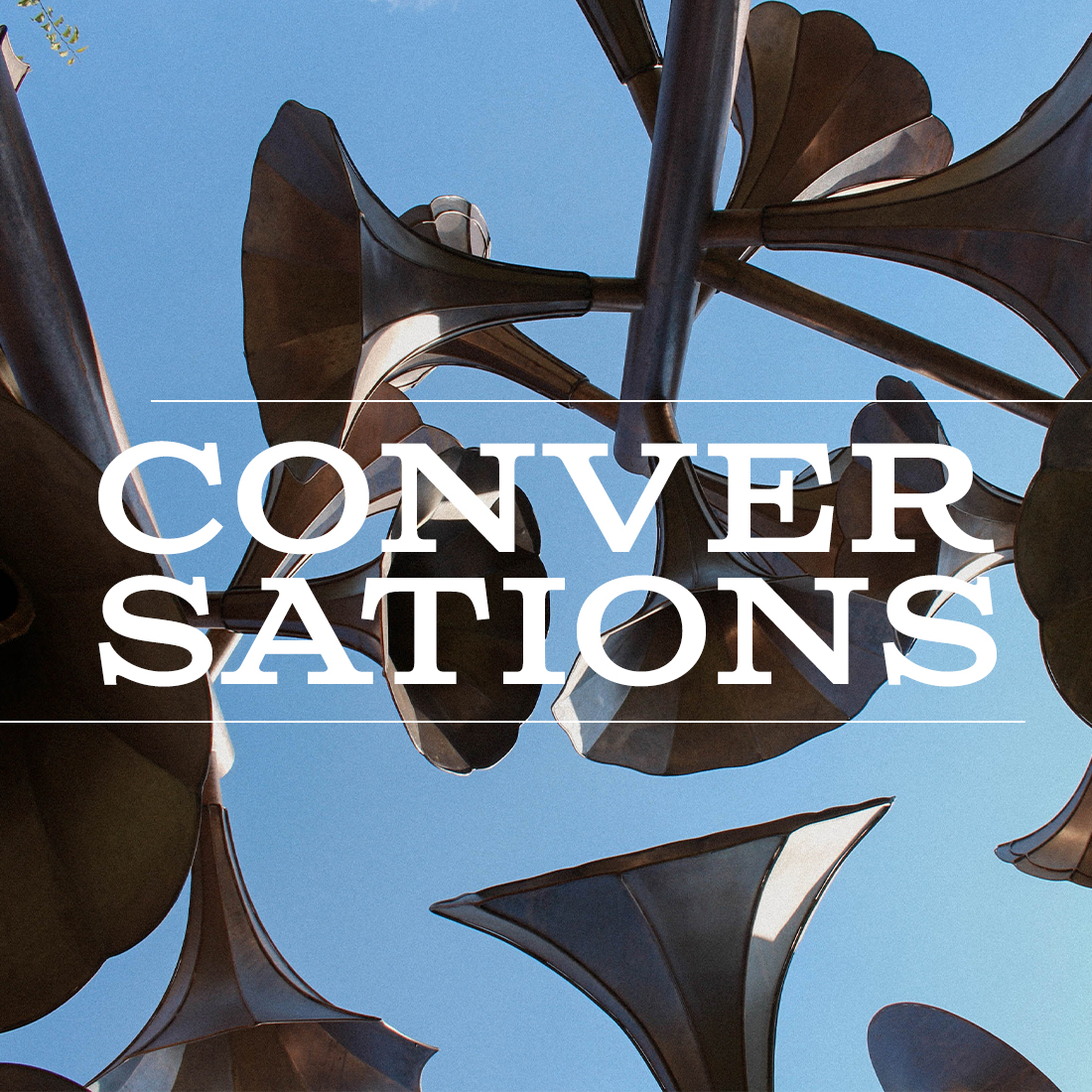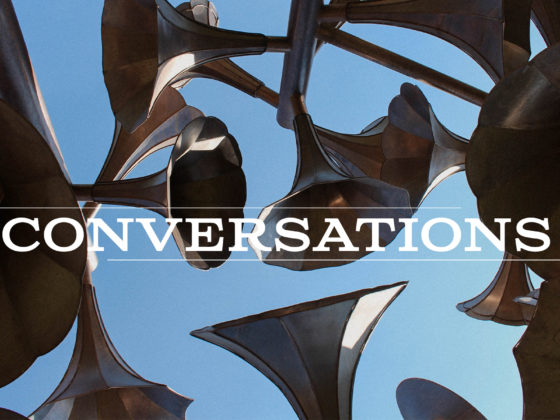SWEDIAN LIE
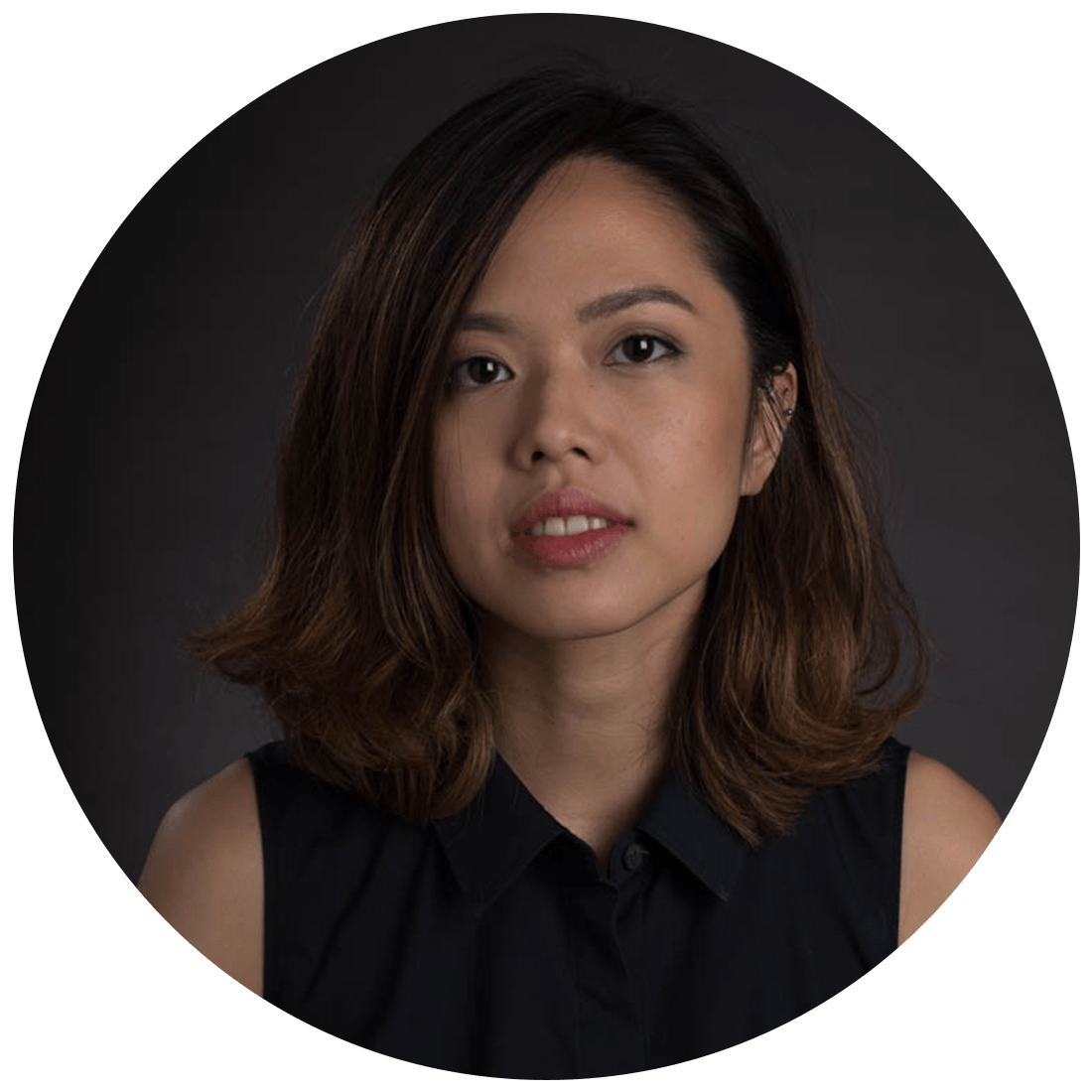
As we consider our issue theme of conversations, each of us at SixByEight Press took a little bit of time out of our days to engage in open dialogue with writers, collaborators, and mentors from our own personal and professional lives. We hope that in having these open-ended chats, we can reflect upon and gather a few key lessons from this most human of rituals.
In this piece, editor Swedian Lie talks to journalist, documentarian, and his fellow co-host of Dialogika Podcast, Stephanie Tangkilisan.
Hi Stephanie, thanks for making the time to talk to us!
How would you describe yourself and your work?
Stephanie Tangkilisan
I would say I’m a journalist and documentary filmmaker. Usually documentary filmmaker implies journalist, but nowadays I think documentary as a format has expanded so much in a way that now includes things that are not traditionally [considered] documentary and don’t require as much reporting. So that’s why I use the journalist term, because I’m more drawn to issues and stories that require a bit of digging to understand.
Stephanie Tangkilisan Reel 2019 | Source: Stephanie Tangkilisan/Vimeo
Are there particular themes you’re drawn to?
Stephanie Tangkilisan
Some of the themes would be around telling the stories of those who are traditionally voiceless and don’t get heard. I like stories where there’s a huge power and structural imbalance. Usually a lot of stories around people of color as well. I think more people of color should tell the stories of other people [of color], because they come with a different sensitivity and understanding of the conditions.
How do you incorporate storytelling into your work?
Stephanie Tangkilisan
I think, essentially, journalism and documentaries are stories that rely on truth and are guided by what our sources say happened. Our job is to then reconstruct their story in a way that other people can understand and emphatize with it.
Often times, when people retell their own stories, they tell a lot of details [in a way] that might not be linear or they might tell [it to] us in phases, especially when something traumatic has happened. Our job is guide them towards being able to tell [their] stories and compile that in a way that can take the reader or viewer in a journey that enables them to understand what that other person has been going through and see the emotional toll that maybe they themselves might not recognize.
To show that in a form where, you know, that person who doesn’t care or doesn’t understand before can have a new understanding of it.
Do you go into an issue/topic with a story in mind, or do you let things unfold and edit later?
Stephanie Tangkilisan
I come in with a story in mind — I guess you have to when you pitch it to your editor. When you’re making something, you have to have some sort of story or framework in mind. Usually this means that you want to talk about X issue, right? It’s not really like you have a full story laid out; you just want to [talk about] X.
Trouble Finds You | Source: The Intercept/YouTube
Let’s say [in] my last documentary, I wanted to talk about the gang bust that the U.S. Southern District of New York did. That was the guiding story. From there, you work backwards and you find the people for it. What comes out ends up being about who lets you into their life and what [do] they show you in their life.
From there, you gather all this material and then you storyboard it and figure out how to tell a story, and then you start segmenting it in your edit and you process it from a rough cut to a fine cut and a final cut, and there are, like, 10+ drafts in between!
The versions that never made it!
Yeah, and this is something my professor, [Pulitzer-Prize winning journalist] Dale Maharidge — one of my favorite professors and favorite people — said: you always have to kill your darlings. With storytelling, it’s always about cutting back and not including the things you really want, but does not progress the story forward or make it work.
This begs the question, is there a script to a documentary? Or something akin to a script?
Stephanie Tangkilisan
No. I think it’s important for people to know the ethics around creating a documentary. You can’t put words in people’s mouth. You can only ask questions that will lead to the answers you want. Whereas in scripted works, you don’t have that [problem]. Especially with a script, you have the story and structure in place, and you can plan around that, whereas in documentaries, [for example] you have to wait until this birthday happens. So it’s a lot of waiting for things to happen.
You got to wait for life to happen, right?
Yeah. And that’s why it takes a long time [to make a documentary]. If you want to have a real vérité documentary, in the sense that you have to capture real life events, it takes so much more time than what you see. It’s kind of ridiculous, the ratio between how much time you spend recording and what ends up being workable in a video documentary.
Do you have any tricks to make people say what you want them to say?
Stephanie Tangkilisan
I don’t think they’re tricks. A lot of documentary interviews end up revolving around the producer or the director’s ability to ask the right questions and ask them in the right way. What people don’t realize [is] this the level of emotional intelligence this job requires. Being able to say things in the right tone and the right tempo. The skill is in the relationship building with the sources before you film — building that beforehand to the point where you can ask those difficult questions.
From a storytelling perspective, what are some challenges you’ve faced?
Stephanie Tangkilisan
I’ve been very lucky that the people I’ve worked with have generally been easier [to work with]. But I think that also comes down to casting, in the sense that you end up working with people who are the most receptive. Like, I generally take cases where there’s a lot of potential subjects, but you work with the people who wants to tell that story the most. And sometimes with formerly incarcerated people, you know, there’s some who are just not ready [to tell their story], and some who are.
I think, because I tell stories about difficult subjects, it’s also about navigating [issues of] people of color when I’m not from that community. So it’s about having to be able to show them why I care. How I’d be able to relate my own experiences to what they’re going through. I genuinely love the aspects where I’m filming and working on that; any challenges on that front, I really like.
The History of Timor Leste | Source: Pinter Politik/YouTube
Apart from your video work, we obviously have been doing a podcast together for the last few years or so. And you yourself have done audio pieces as well as a journalist.
How do you think storytelling from a visual perspective is different from an audio perspective?
Stephanie Tangkilisan
Well, for one thing, we generally, when we interview other people in Dialogika, we interview people who are kind. In [my] video work, I usually interview people who have had a really tough experience, and I think that would be really hard to do unless we were in person. You know, we are all millennials and we have so many friendships online, but with this kind of work , the face-to-face is really important. Being able to be fully present with other people is really important.
Episode 50: Thanks for Trying: Life of a Baby Documentarian | Source: Dialogika Podcast/Soundcloud
Thank you so much for your time!

